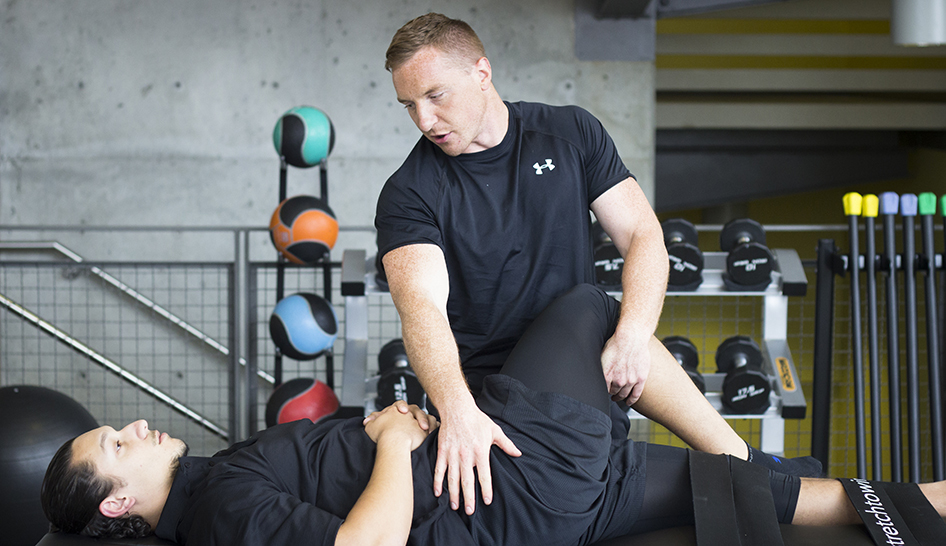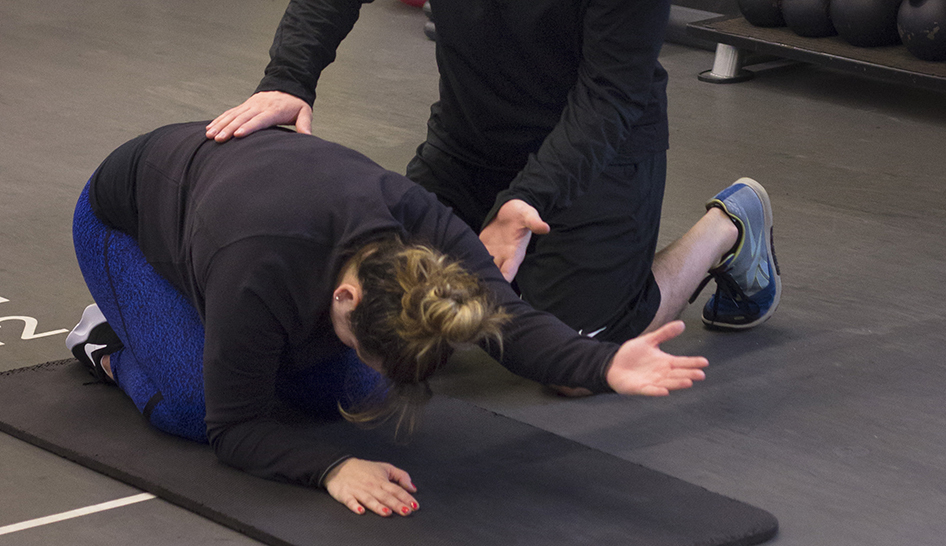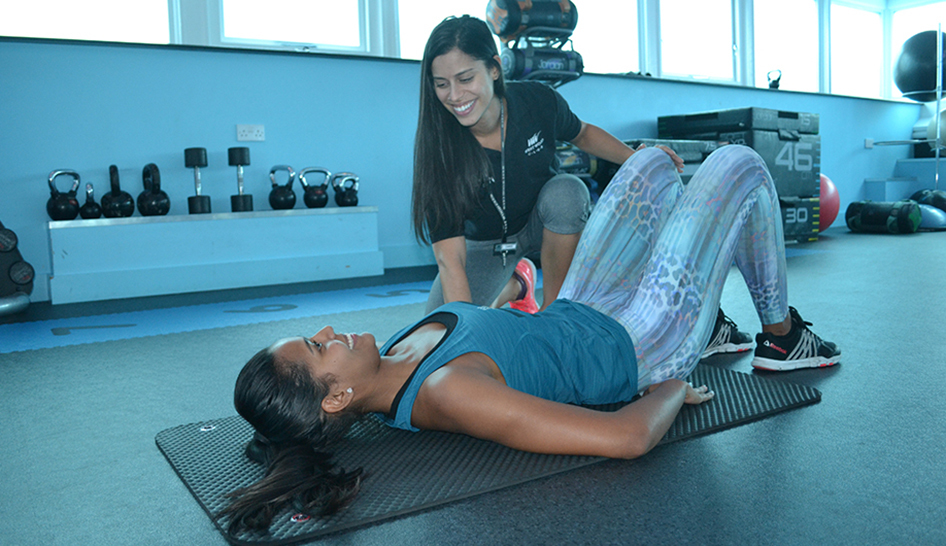What causes back pain?
A 2017 survey ascertained that 29% of those dealing with the condition believe that it’s caused by stress, says Jacque Crockford, the exercise physiology content manager at the American Council on Exercise (ACE) in San Diego. “Other perceived causes noted were weak muscles, not enough exercise, physical work, overweight, and sitting too much at work.”
There are a number of different types of back pain, including:
- Musculoskeletal back pain (also called lumbago), without structural problems or nerve involvement;
- Mechanical back pain, which is related to structural issues in the bony anatomy of the spine, such as, for example, arthritis and joint inflammation;
- Nerve pain (radiculopathy), which has to do with bulging, herniated, or degenerative discs that can produce back pain, back and leg pain, or just leg pain;
- Lumbar stenosis, a condition related to joint arthritis and degenerative discs in the back.
Back pain also is described as being either chronic or acute with respect to all of these subdivisions.
Applying What Fitness Industry Knows to Help
What sort of treatment is recommended?
Well, at the moment, there’s a lot of intelligent, well-informed, and well-intentioned discussion ... but no definitive conclusion.
“There’s been a big move towards using functional training and reconditioning to treat affected patients,” says Degnan. “However, there’s very little consensus in the literature about what works best.”
Treatment modalities, he explains, vary widely, and may include activity modification/bed rest; pharmaceuticals; traditional physical therapy; surgery; or, more recently, exercise programs aimed at generalized conditioning, flexibility, and core strengthening.
General exercise is just as effective in treating LBP as the motor-control exercises that are often prescribed by medical professionals, concluded a study conducted recently by the National Strength and Conditioning Association (NSCA), based in Colorado Springs, CO. An article detailing the results, published in the NSCA Personal Training Quarterly, counsels that fitness providers shouldn’t hesitate to make use of general exercises tailored to an individual’s ability, medical profile, and personal goals.
But, Crockford cautions, any client who’s dealing with back pain should be cleared by a medical professional before embarking on an exercise program.
“Once they’ve been cleared by a physician or physical therapist, it then becomes appropriate for a certified professional to recommend exercises, such as light stretching, and core strengthening, including for the glutes,” she says. “Back issues come in many forms, so, when recommending exercises, make sure that they take the client’s current level of fitness and pain into account.
“If someone’s in pain, referring them to a medical professional is the correct first step.”
Understand Prevention Tactics


